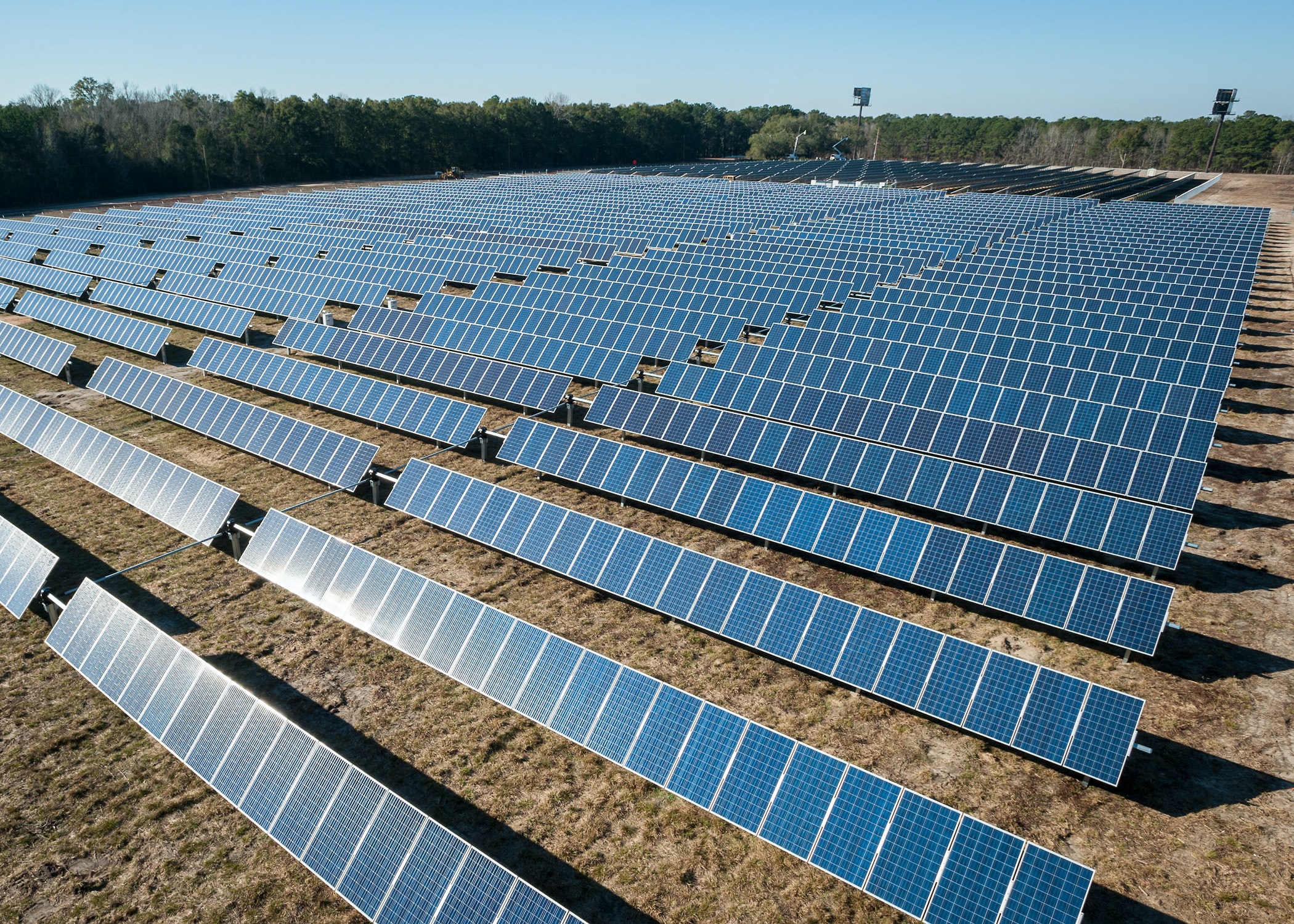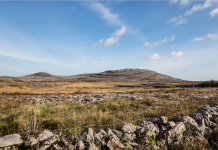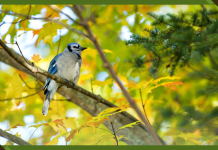Written by: YCC Team
The bright Southern sun makes Georgia an appealing place to build solar farms. But the state is also home to sensitive ecosystems and species like the state reptile, the gopher tortoise.
“And the habitat that the gopher tortoise prefers is the same habitat that solar developers like. It’s flat. It’s sandy,” says Amy Gutierrez of The Nature Conservancy.
Her team analyzed which areas in Georgia could meet the needs of solar developers, with good sunlight and proximity to transmission lines.
They compared that information to maps of critical habitat, protected lands, and prime farmland. And they put their results into a free online tool.
It allows developers, natural resource agencies, and others to identify low-impact locations for new solar farms. And Gutierrez says the tool finds plenty of them.
“We have an opportunity here in Georgia, while we’re still on the forefront of this, to get these facilities sited in the proper locations,” she says.
She says the tool demonstrates that it’s possible to transition to clean energy while also protecting natural resources and sensitive species like the gopher tortoise.
“There’s a lot of land, and it’s possible,” she says. “We just have to be proactive about it.”
Header Image Credit: American Public Power Association/Unsplash
This article originally appeared on Yale Climate Connections







